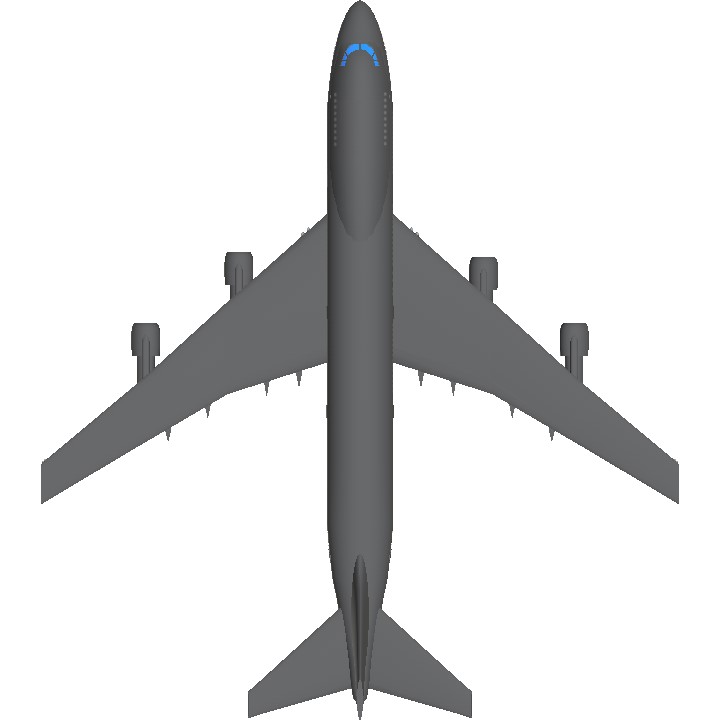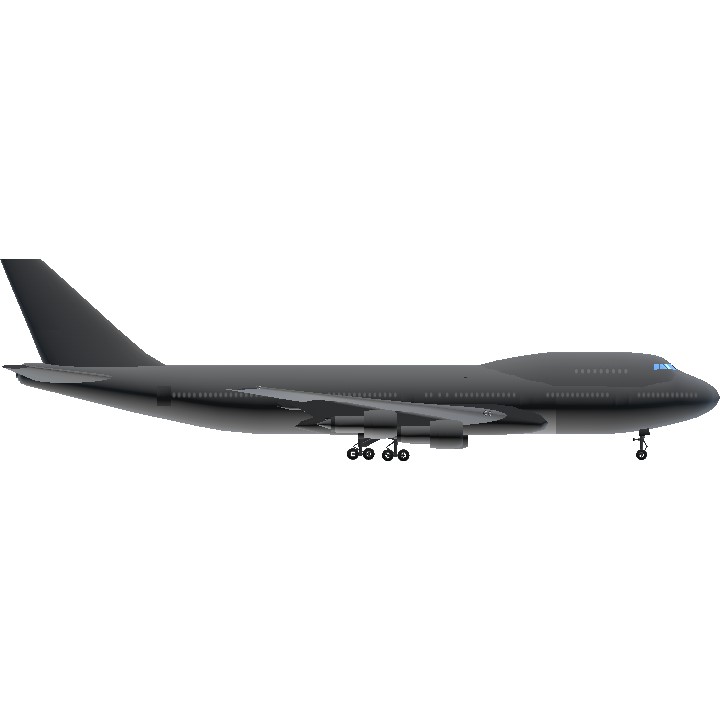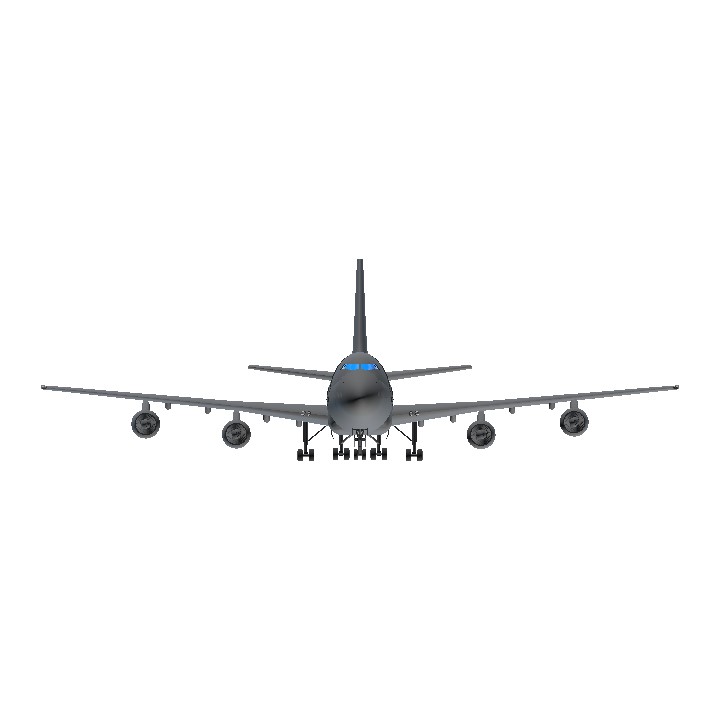747-100 variant
747-300 variant
747SP variant
About the Boeing 747-200
While the 747-100 powered by Pratt & Whitney JT9D-3A engines offered enough payload and range for medium-haul operations, it was marginal for long-haul route sectors. The demand for longer range aircraft with increased payload quickly led to the improved -200, which featured more powerful engines, increased MTOW, and greater range than the -100. A few early -200s retained the three-window configuration of the -100 on the upper deck, but most were built with a ten-window configuration on each side.[159] The 747-200 was produced in passenger (-200B), freighter (-200F), convertible (-200C), and combi (-200M) versions.[160]
The 747-200B was the basic passenger version, with increased fuel capacity and more powerful engines; it entered service in February 1971.[71] In its first three years of production, the -200 was equipped with Pratt & Whitney JT9D-7 engines (initially the only engine available). Range with a full passenger load started at over 5,000 nmi (9,300 km; 5,800 mi) and increased to 6,000 nmi (11,000 km; 6,900 mi) with later engines. Most -200Bs had an internally stretched upper deck, allowing for up to 16 passenger seats.[161] The freighter model, the 747-200F, had a hinged nose cargo door and could be fitted with an optional side cargo door,[71] and had a capacity of 105 tons (95.3 tonnes) and an MTOW of up to 833,000 pounds (378 t). It entered service in 1972 with Lufthansa.[162] The convertible version, the 747-200C, could be converted between a passenger and a freighter or used in mixed configurations,[67] and featured removable seats and a nose cargo door.[71] The -200C could also be outfitted with an optional side cargo door on the main deck.[163]
The combi aircraft model, the 747-200M (originally designated 747-200BC), could carry freight in the rear section of the main deck via a side cargo door. A removable partition on the main deck separated the cargo area at the rear from the passengers at the front. The -200M could carry up to 238 passengers in a three-class configuration with cargo carried on the main deck. The model was also known as the 747-200 Combi.[71] As on the -100, a stretched upper deck (SUD) modification was later offered. A total of 10 747-200s operated by KLM were converted.[71] Union de Transports Aériens (UTA) also had two aircraft converted.[citation needed]
After launching the -200 with Pratt & Whitney JT9D-7 engines, on August 1, 1972, Boeing announced that it had reached an agreement with General Electric to certify the 747 with CF6-50 series engines to increase the aircraft's market potential. Rolls-Royce followed 747 engine production with a launch order from British Airways for four aircraft. The option of RB211-524B engines was announced on June 17, 1975.[149] The -200 was the first 747 to provide a choice of powerplant from the three major engine manufacturers.[164] In 1976, its unit cost was US$39M (208.8M today).

A Qantas Boeing 747-200
The fate of the Boeing 747-200
In the end, 393 Boeing 747-200 aircraft were built, with 62 operators operating the 747-200. As of September 2024, 19 aircraft remain in service with airlines such as Aerostan, Geo-sky, and Iran air

An Iran Air 747-200
Credits
Original aircraft made by Galactasia
Specifications
Spotlights
- XProAerospaceAircrafts 1.3 years ago
General Characteristics
- Predecessor B747-400[GE]
- Successors 4 airplane(s) +186 bonus
- Created On Android
- Wingspan 205.4ft (62.6m)
- Length 232.0ft (70.7m)
- Height 65.3ft (19.9m)
- Empty Weight N/A
- Loaded Weight 129,406lbs (58,697kg)
Performance
- Power/Weight Ratio 0.609
- Horse Power/Weight Ratio 0.092
- Wing Loading 18.0lbs/ft2 (87.8kg/m2)
- Wing Area 7,197.3ft2 (668.7m2)
- Drag Points 30075
Parts
- Number of Parts 597
- Control Surfaces 9
- Performance Cost 3,516





The picture you posted of Jabojet Iran Air is 747 series 100, not 200
@N908QD Thanks!
Incredible work!